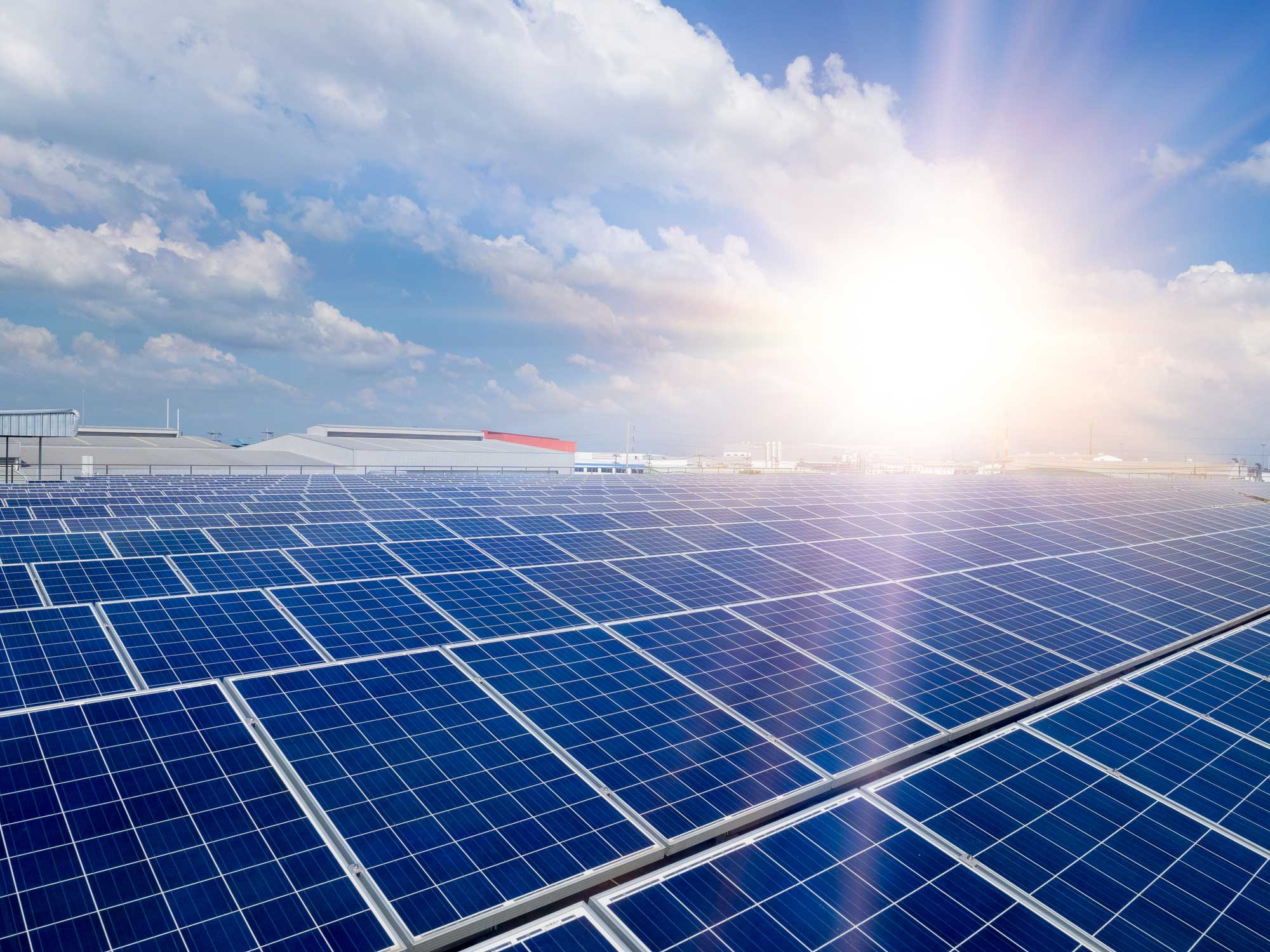

The 2035 Report’s release is accompanied by a s et of policy recommendations from nonpartisan policy firm Energy Innovation to realize the jobs and economic benefits envisioned here. However, this outcome isn’t possible without strong policy changes and our hope is this report can help inform the dialogue on federal, state, and corporate policies needed to achieve it.” “This is exciting, because the 2035 timeframe is actually compatible with climate realities. “We’re talking about the ability to achieve near-100 percent clean electricity by 2035, in half the time most people are talking about,” said David Wooley, professor at the UC Berkeley Goldman School of Public Policy and Executive Director of the Center for Environmental Public Policy. “This is the first report to integrate the latest low prices for renewable energy and storage and shows it is technically and economically feasible to deliver 90 percent carbon-free electricity on the U.S. Amol Phadke, Senior Scientist and affiliate at UC Berkeley’s Center for Environmental Public Policy. “Cost reductions in clean technology have occurred much faster than anticipated just a few years ago,” said Dr. Power generation from natural gas plants would drop by 70 percent in 2035 compared to 2019. Existing gas plants, used infrequently and combined with storage, hydropower, and nuclear power, are sufficient to meet demand during periods of extraordinarily low renewable energy generation or exceptionally high electricity demand. The report finds that new fossil fuel generators are not needed. Wind, solar, and battery storage can provide the bulk of the 90 percent clean electricity. The target year of 2035 allows sufficient time for most coal and gas plants to recover their fixed costs, thereby avoiding risk of stranded costs for consumers and investors, if the right policies are in place. could be avoided through 2050 by reaching a 90 percent carbon-free electric generation sector by 2035, which would reduce economy-wide emissions 27 percent. Up to 85,000 unnecessary premature deaths associated with air pollution from power plants in the U.S. could reach over 70 percent clean electricity, reducing U.S. In October 2018, the U.N.’s Intergovernmental Panel on Climate Change warned that the world has only a dozen years to halve emissions in order to limit warming to 1.5☌. By 2030, the report finds, the U.S. The 2035 time frame for near-complete decarbonization of the power sector is significant because it is 15 years faster than projected in most state and national policy proposals, which provide little hope that the worst climate change impacts can be avoided. Delivering 90 percent clean electricity by 2035 also avoids $1.2 trillion in environmental and health costs through 2050 by reducing damages from air pollution and carbon emissions. The rapid buildout of additional renewable energy would inject $1.7 trillion of investment into the economy and increase energy sector jobs by up to 530,000 per year through 2035, across all regions of the U.S., without raising consumer bills. to dramatically reduce generation and emissions from existing fossil power plants, while retiring coal and reducing gas generation by 70 percent. 2035 Report: Plummeting Solar, Wind, and Battery Costs Can Accelerate Our Clean Energy Future is the first study of its kind to show how recent cost declines for solar, wind, and battery storage allow the U.S. The study also finds that without robust policy reforms, most of the potential to reduce emissions and increase jobs would not be realized. can avoid building new fossil fuels and increase energy sector jobs by over half a million each year, supporting recovery effortsīERKELEY, CA - The United States can deliver 90 percent clean, carbon-free electricity nationwide by 2035, dependably, at no extra cost to consumer bills and without the need for new fossil fuel plants, according to a study released today from the Center for Environmental Public Policy at the University of California, Berkeley. New national report is first to use latest low renewable energy and storage prices, shows with the right policy the U.S. JThe US can reach 90 percent clean electricity by 2035, dependably and without increasing consumer bills UC Berkeley’s Goldman School Renewable Energy Report 2022.In White House meeting, Berkeley scholar says advanced tech can support nature.New Report Questions Sustainability of Public Education for California’s Future.Biden Appoints Napolitano to Intelligence Advisory Board.New report raises major equity concerns with state middle-income housing program.


 0 kommentar(er)
0 kommentar(er)
